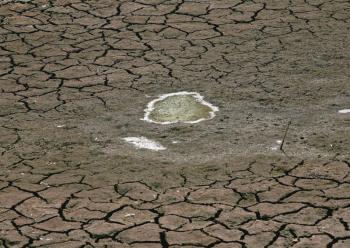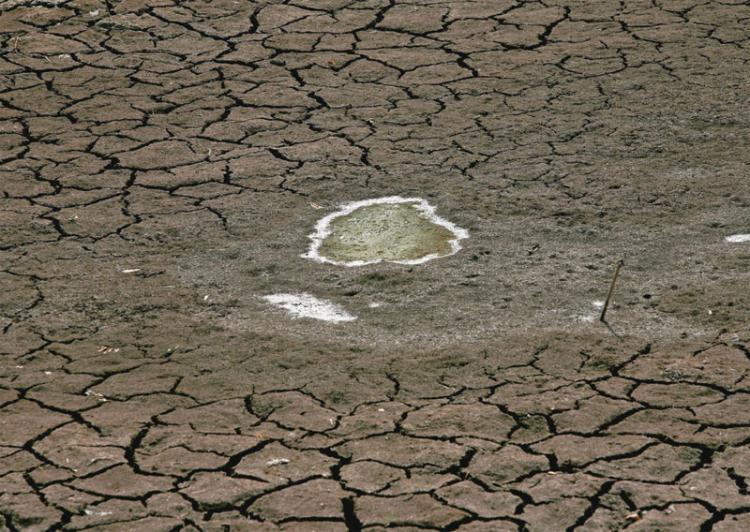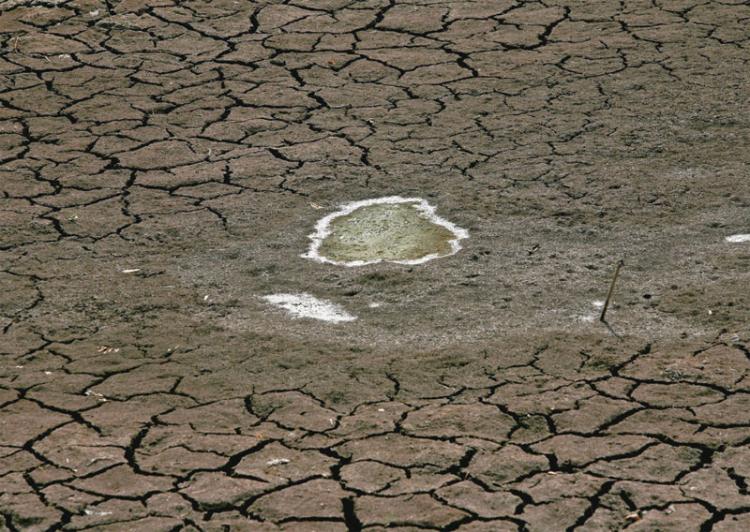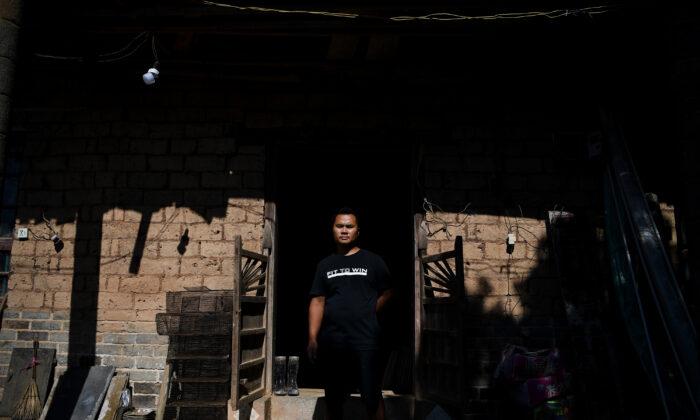China started construction of the massive South-to-North Water Diversion project in 2002. The project aims to divert water from the Yangtze River to the Yellow River through a series of canals following three major routes, while cutting through 600 rivers along the way. The official estimated cost is 486 billion yuan (US$73 billion), twice that of the Three Gorges Dam project, and an estimated 330,000 people will have to leave their homes, according to the government’s project website.
Resettlement of thousands of families has already begun at the Danjiangkou Reservoir in Hubei Province, which is near the starting point of the water diversion’s central route that is meant to deliver water to Beijing and Tianjin.
Fights with corrupt officials and large-scale protests have also begun erupting over unfair compensation and unfulfilled government promises.
Resettlement Compensation
By the end of last year, villagers of Lanjiagang Village of Liupi Township had signed relocation contracts. But when the migrants arrived at the Qingjiang’s Guanghua resettlement site in November, they were very unhappy with the low quality of their new homes and the inadequate compensation they received.
From Nov. 24-26 hundreds of migrants took to the streets to vent their anger and demand fair compensation: they were beaten by police and about 20 were arrested, according to Radio Free Asia.
Mr. Zhang, one of the migrants, told The Epoch Times that from Nov. 24 to 25 the number of people blocking the provincial highway went from 800 to 1,400. On Nov. 26 authorities dispatched about five thousand armed police, including by using helicopter drops. “The police beat and arrested people indiscriminately,” Zhang said.
He said the protests were about the poor quality of the new homes, the slow handling of household registrations, and the lack of transparency in distributing compensation funds. “So far, the only compensation the migrants have received is 7,400 yuan (US$1,100) per person,” Zhang said.
Ms. Luo from the Wudang Mountain area also told The Epoch Times that they too had only received 7,400 yuan per person, while the official relocation compensation was supposed to be 200,000 yuan (US$30,000). Luo said the new homes cost on average 45,000 yuan (US$6,754), and that their quality was poor.
Farm Land
Once the Danjiangkou Reservoir water level is fully raised, 10 townships near the reservoir will be submerged, China Business said on Feb. 27. Over 18,000 families—76,652 people—have already been relocated from the area, which includes Danjiangkou City, Yun County, Yunxi County, and Wudang Mountain District, according to a Nov. 29 report by Shiyan Daily.
Liupi Township is known as the richest area in the county because it has good soil, suitable for vegetable farming. But soon 12,000 mu (2,392 acre), or two thirds of its vegetable fields, will be under water. Their proposed relocation area possessed far inferior soil, and residents were essentially coerced into signing relocation contracts after putting up a fight, according to interviews in Chinese media.
At the time Hubei provincial government had issued orders that all villagers in Yun County be made to sign the relocation contract by the end of 2009—or else the county chief and party secretary would lose their jobs, according to China Business. In China, top-down quotas of this sort frequently incentivize the often ruthless treatment of people by officials at the local level.
Forced Migration
Although the official report states that the South-to-North Water Diversion project will result in only 330,000 migrants, a much smaller number than the migrant population of the Three Gorges Dam project, many of these migrants face extra hardships.
Dr. Wang Weiluo, an eminent hydro-scientist who now lives in Germany, told Secret China that this resettlement is much more difficult than that of the Three Gorges Dam project. The majority of the migrants living in the Danjiangkou Reservoir area have already had to resettle twice before due to the construction of the reservoir. Now they have to move again. This is hard on them, he said.
Regardless of the reason for the resettlement, the government uses the same forced relocation method, giving the migrants no say in the matter. No one is looking out for the migrants’ rights, and the migrants have no idea about their future, Wang said.
Environmental Concerns
In addition to the humanitarian hardships, experts and studies predict that the entire water diversion project will end up being an environmental disaster and ultimately ineffective in ending the north’s water shortages.
In 2001, three hydraulic experts from Xi’an University of Technology and Beijing Normal University published a joint report warning that due to the large amount of water being diverted, the self-cleansing ability of the Han River, a tributary of the Yangtze, will decrease and trigger overgrowth of phyto-plankton algae. Silt will also increase, lowering the depth of the Han, they said.
Recent media reports have confirmed an increase of phyto-plankton in the Han River, China Weekly reported.
The eastern water diversion route has already caused severe damage to the ecosystem, soil and groundwater.
Wang predicts that the environmental damage caused by the South-to-North Water Diversion project will be more than that caused by the Three Gorges Dam project, and that the central route will cause unimaginable damage to Hubei Province.
That the proposed diversion will cut through over 600 rivers along the way is against the laws of nature, Wang said, and will bring dire consequences during flood and drought seasons.
And, despite all the drawbacks and sacrifices, northern China’s water shortage will still not be solved, he says.
“The root cause of northern China’s water shortage is that the natural water resources have been damaged. It is not because the area is naturally short in water,” Wang said. “Diverting water to the region will not solve the problem.”
Other experts shared a similar assessment. “The actual effectiveness of multi-river water diversion projects is very limited,” Professor Zou Yilin from the Institute of Chinese Historical Geography in Fudan University said to China Weekly. “Water diversion projects should follow the course of nature, not go against it.”






